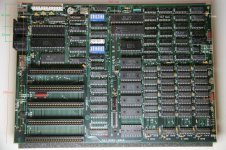Fire-Flare
Experienced Member
What I need are the screw hole distances and keyboard/cassette port placements so I can mount an ITX motherboard in my 5150 chassis.
My searches have come up empty, any assistance you guys can provide will be greatly appreciated.
My searches have come up empty, any assistance you guys can provide will be greatly appreciated.

